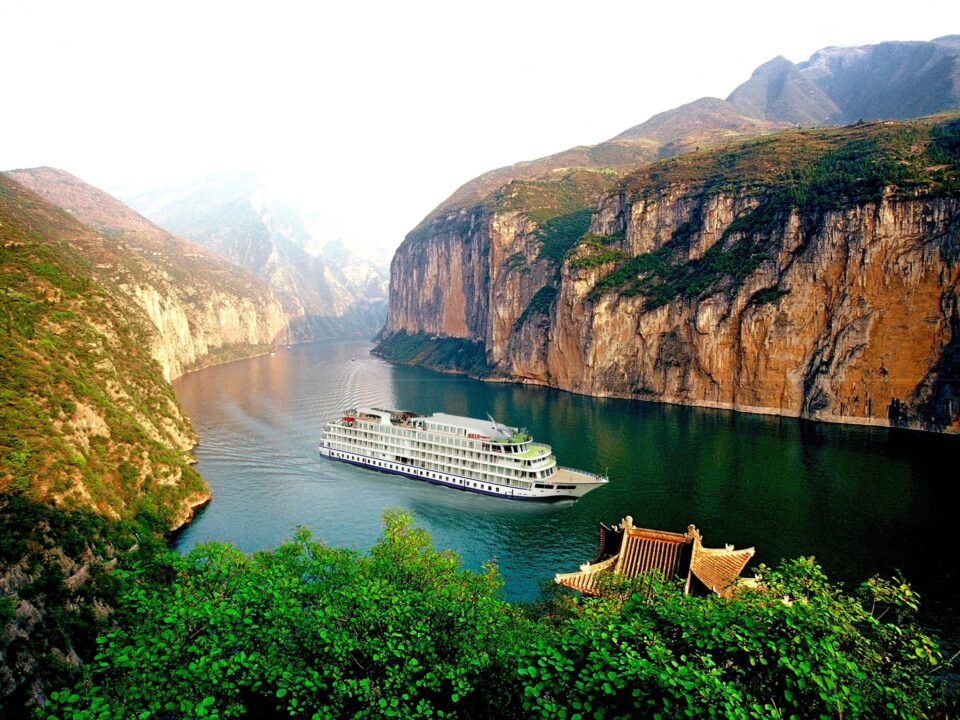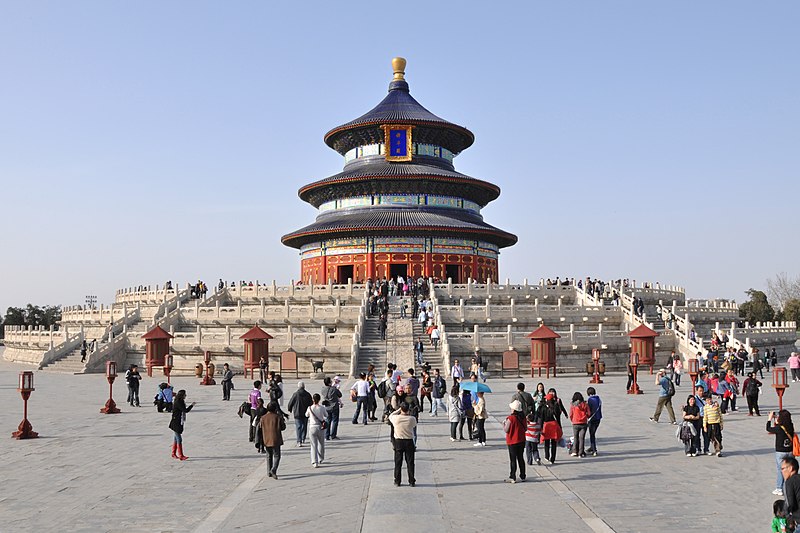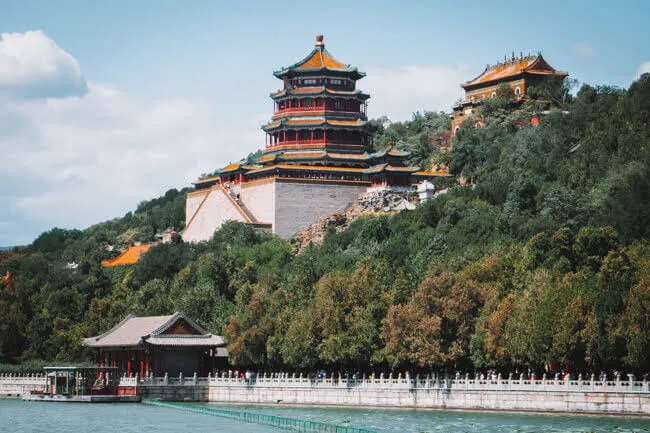The Bund in Shanghai: A Historical and Cultural Jewel
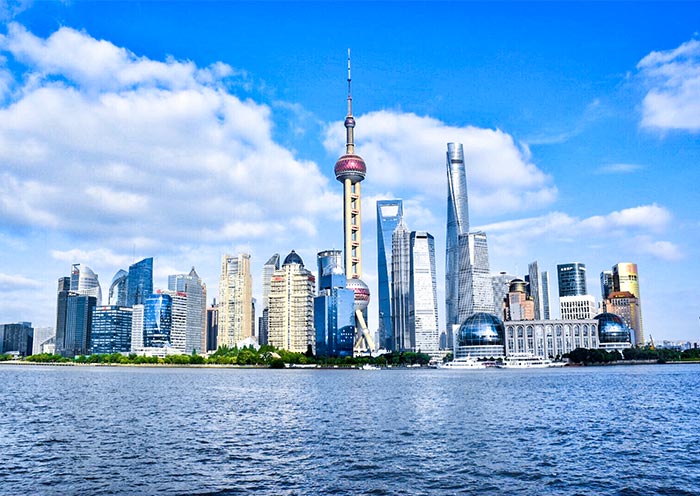
The Bund in Shanghai: A Historical and Cultural Jewel
Shanghai, known as the “Paris of the East,” is a city that beautifully melds tradition with modernity. Within this global financial hub, the Bund stands out as a vivid testament to Shanghai’s rich history and its promising future. This waterfront area, stretching along the western bank of the Huangpu River, is an iconic symbol of Shanghai and a must-visit for anyone seeking to understand the cultural and historical tapestry of China. In this comprehensive guide, we’ll dive deep into the significance of the Bund, its architectural marvels, its compelling history, and the vibrant activities you can enjoy in and around this remarkable area.

Historical Overview
The Bund, known in Chinese as “Waitan” (外滩), which translates to the “outer beach,” represents the heart of colonial Shanghai. The story of the Bund began in the mid-19th century when, following the First Opium War, Shanghai was forced to open its port to foreign trade. The area quickly became a concession for international settlements, predominantly British and American, and served as a hub for commerce, finance, and international diplomacy.
Over the years, the Bund evolved into a bustling epicenter of trade and finance, with numerous banks, trading houses, and corporate headquarters establishing their presence here. The architecture of this period, which you’ll still find today, is a striking blend of Gothic, Baroque, Romanesque, Classicism, and Renaissance styles, reflecting the diverse cultural influences that have shaped the area.
Architectural Wonders
One of the most captivating aspects of the Bund is its architectural splendor. The waterfront is lined with 52 buildings of various Western classical and modern styles, earning it the nickname “Museum of International Architecture.” Here are some of the most notable structures:
1. The Customs House
Built in 1927, the Customs House is one of the most iconic buildings on the Bund. Its neoclassical design and prominent clock tower make it a landmark. The clock, often referred to as “Big Ching,” echoes the chimes of London’s Big Ben.
2. HSBC Building
Completed in 1923, the HSBC Building was once considered the most luxurious building from the Suez Canal to the Bering Strait. Its grandiose design, with an impressive domed roof and elaborate interior mosaics, reflects the financial prowess of the period.
3. Peace Hotel
The Peace Hotel, originally known as the Cathay Hotel, opened its doors in 1929. It stands as a symbol of the opulence of early 20th-century Shanghai. The building’s art deco style makes it one of the most recognized on the Bund.
4. Bank of China Building
Constructed between 1937 and 1941, the Bank of China Building is a blend of modernist and Chinese architectural elements. It represents the burgeoning financial sector of Shanghai during that era.
Cultural Significance
While the Bund is a testament to the architectural and economic triumphs of early modern Shanghai, it also holds immense cultural importance. It serves as a physical narrative of the city’s past, blending Eastern and Western influences.
1. Symbol of Modernization
The Bund was the epicenter of Shanghai’s transformation from a traditional Chinese city to an international metropolis. It symbolizes the city’s rapid modernization and its openness to global influences.
2. Art and Literature
The Bund has always been a muse for artists and writers. Its picturesque waterfront and historic buildings have inspired countless works of art and pieces of literature that seek to capture the essence of an ever-evolving Shanghai.
3. Political Stage
Throughout its history, the Bund has witnessed significant political events. From the signing of treaties to the demonstrations and protests of the 20th century, it has been a stage for actions and decisions that have shaped Shanghai’s, and indeed China’s, destiny.
Modern Attractions
While the Bund is steeped in history, it is far from a mere relic of the past. The area continues to thrive, offering a myriad of modern attractions that captivate both tourists and locals alike.
1. Bund Bull
Similar to the iconic Charging Bull of Wall Street, the Bund Bull is a symbol of Shanghai’s financial strength. Located near the Bund Financial Square, this bronze statue attracts numerous visitors eager to take photos and admire its craftsmanship.
2. Sightseeing Tunnel
The Bund Sightseeing Tunnel is a unique mode of transport that connects the Bund with Lujiazui in Pudong. This tunnel features a captivating light show, creating an almost otherworldly experience as you travel beneath the Huangpu River.
3. River Cruises
One of the most enjoyable ways to experience the Bund is from the water. Numerous river cruises offer stunning views of both the historic Bund and the futuristic skyline of Pudong, particularly breathtaking at night when the buildings are illuminated.
4. Public Spaces and Art Installations
The Bund is home to several public spaces and contemporary art installations. The Bund Promenade, for instance, provides an excellent spot for leisurely strolls, with plenty of seating areas where you can relax and soak in the views.
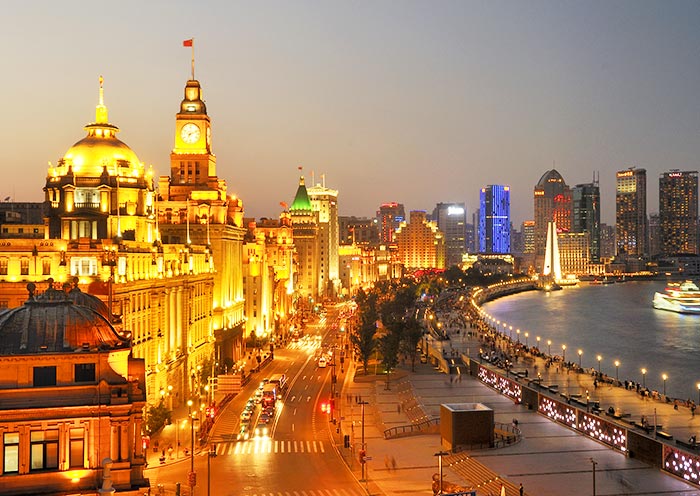
Dining and Nightlife
1. Fine Dining
The Bund hosts several top-tier restaurants that offer an array of international cuisines. Some notable ones include:
- M on the Bund – Known for its eclectic mix of Western cuisines and spectacular terrace views.
- Jean-Georges – This restaurant is the brainchild of renowned chef Jean-Georges Vongerichten and offers exquisite French cuisine.
2. Nightlife and Entertainment
As the sun sets, the Bund transforms into a vibrant nightlife destination. Rooftop bars and chic lounges offer stunning views of the illuminated skyline. Some of the best spots include:
- Bar Rouge – Famous for its lively atmosphere and spectacular views of the Pudong skyline.
- The House of Roosevelt – A wine bar and fine dining establishment housed in a historic building.
How to Get There
The Bund is easily accessible by various modes of transportation:
1. Metro
The most convenient way to reach the Bund is by Shanghai Metro. Line 2 and Line 10 have stops near Nanjing Road East Station, which is a short walk to the Bund.
2. Bus
Several bus routes have stops close to the Bund, making it accessible from various parts of the city.
3. Taxi
Taxis are plentiful in Shanghai, and most drivers will understand “Waitan,” the Mandarin term for the Bund. However, be mindful of traffic, especially during peak hours.
4. Walking
If you’re already in the downtown area, the Bund is easily reachable on foot. A stroll down Nanjing Road, Shanghai’s most famous shopping street, will lead you directly to the waterfront.
Conclusion
The Bund is more than just a waterfront area in Shanghai; it’s a symbol of the city’s past and a beacon for its future. Its architectural grandeur, cultural significance, and modern attractions make it an unmissable destination for anyone exploring Shanghai. Whether you’re keen on delving into history, admiring splendid buildings, enjoying fine dining, or simply soaking up the vibrant atmosphere, the Bund promises a unique and unforgettable experience.
Visiting the Bund is like flipping through the pages of a living history book, with each building, each street corner, and each waterside promenade narrating a chapter of Shanghai’s storied past and its ongoing journey into the future. So, next time you find yourself in this mesmerizing city, make sure to set aside ample time to explore this historical and cultural jewel that is the Bund.

